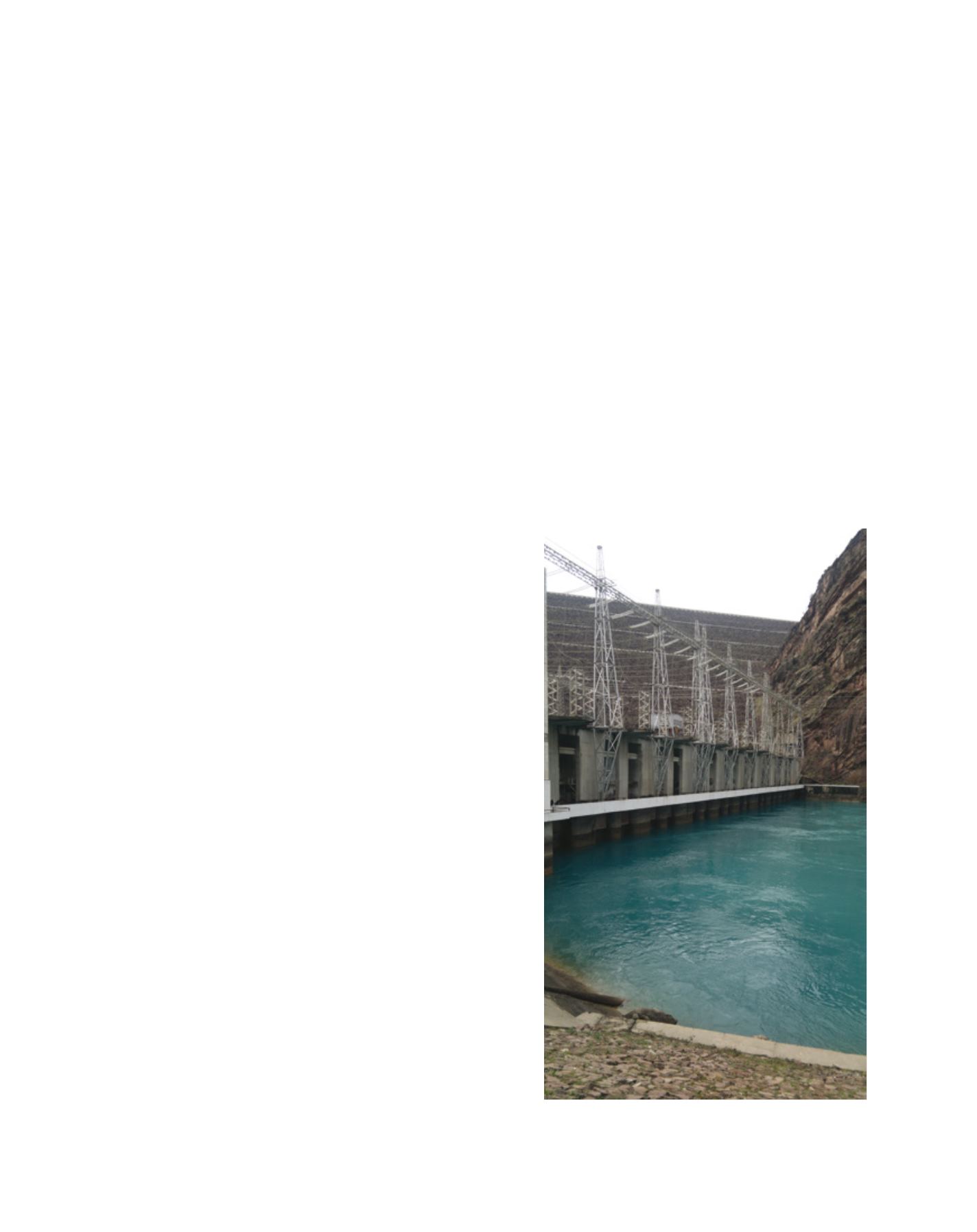

[
] 23
W
ater
D
iplomacy
ary basins. The nexus is where these sectors come
together and compete, and where trade-offs are made.
By better understanding the interactions between water,
food, energy and ecosystems in transboundary basins,
it is expected that synergies can be strengthened and
policies made more coherent, with the aim of reduc-
ing conflicts, promoting sustainability and helping to
address and reduce trade-offs between these key sectors.
The legal framework provided by the Helsinki and
New York conventions, and the numerous policy
tools and good practices developed under the Helsinki
Convention and its Protocol on Water and Health, show
that solutions are available. They show that, with the
political will and with opportunities for open dialogue,
transboundary water cooperation can be the norm. They
show also that countries can work together to address
some of our greatest challenges, such as climate change
and peaceful relations between neighbouring coun-
tries. And the Protocol on Water and Health provides
a unique international legal framework for translating
the human right to safe drinking water and sanitation
into a reality.
drinking water and improved sanitation cannot be taken for granted,
even in the pan-European region. Overall progress in increasing
access masks significant disparities within and between the coun-
tries, between urban and rural areas, as well as between high- and
low-income groups. Lower levels of access are evident among the
poor, those belonging to the most vulnerable and marginalized
groups, and rural populations, regardless of a country’s socioeco-
nomic status. For example, in the Caucasus and Central Asia, 19
per cent of the rural population lacks access to improved drinking-
water sources as opposed to only 4 per cent of urban dwellers; more
dramatically, 72 per cent of the rural population lacks access to
piped water on premises, whereas only 20 per cent of town and city
residents are similarly disadvantaged.
These inequalities are recognized in the protocol, which requires
that equitable access to water, adequate in terms of both quantity
and quality, should be provided for all members of the population,
especially those who suffer a disadvantage or social exclusion. To
address equity, a publication on good practices was developed,
titled
No One Left Behind.
In addition, a practical self-assessment
tool, or scorecard, is to be launched at the third meeting of the
protocol’s governing body in November 2013, to help states
appraise the situation on national and subnational levels and to
identify the priority areas for action to reduce disparities in access
to water and sanitation.
The institutional arrangements under the Helsinki Convention,
with regular intergovernmental meetings and numerous technical
workshops, provide a similar platform for addressing emerging issues.
Several years ago, work began on adaptation to climate change
in transboundary basins. The Helsinki Convention has been
supporting countries in jointly adapting their water management
to climate change since the preparation of a pioneering guidance
document in 2007-2009. Since 2010, the use of the guidance was
supported through a programme of pilot projects and a platform
for exchanging experience on climate change adaptation in trans-
boundary basins. Thanks to this work, the need for transboundary
cooperation in climate change adaptation has been increasingly
recognized. More and more countries sharing transboundary
basins are starting to address these issues jointly. This has led
to concrete results. For example, a pilot project on river basin
management and climate change adaptation in the Neman River
Basin has resulted in a joint assessment of water resources and
climate change impacts in the basin, thereby enabling a renewal
of cooperation between the riparian countries on the shared
river basin. In the Dniester River pilot project, a first basin-wide
impact and vulnerability assessment has been developed, as well
as detailed flood risk modelling in two priority sites.
In 2013-2015, a collection of lessons learned and good prac-
tices will be prepared, the programme of pilot projects will be
transformed into a global network of basins working on climate
change adaptation and a global platform for exchanging experi-
ence is being established. In February 2013, a first meeting was
held of the global network of rivers basins on climate change
adaptation. The network of basins currently includes the basins of
the Chu Talas, Congo, Danube, Dniester, Drin, Mekong, Meuse,
Neman, Niger, Rhine, Sava, Senegal and Upper Paraguay rivers,
the Amur/Argun/Daursky Biosphere Reserve and the Northern
Sahara aquifer system.
The newest area of work under the Helsinki Convention is on
assessing the water-food-energy-ecosystems nexus in transbound-
Water infrastructure can have multiple uses including hydropower
generation and flow regulation
Image: UNECE


















